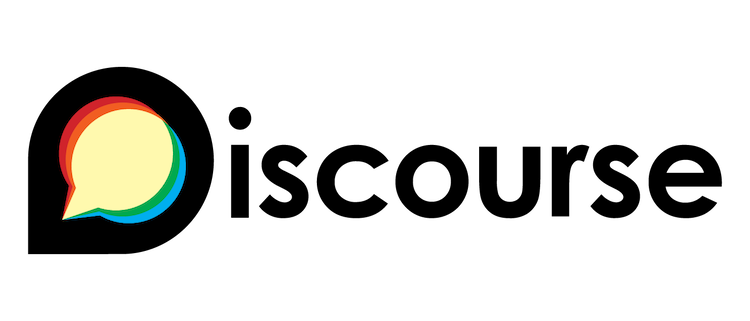Conference Speakers¶
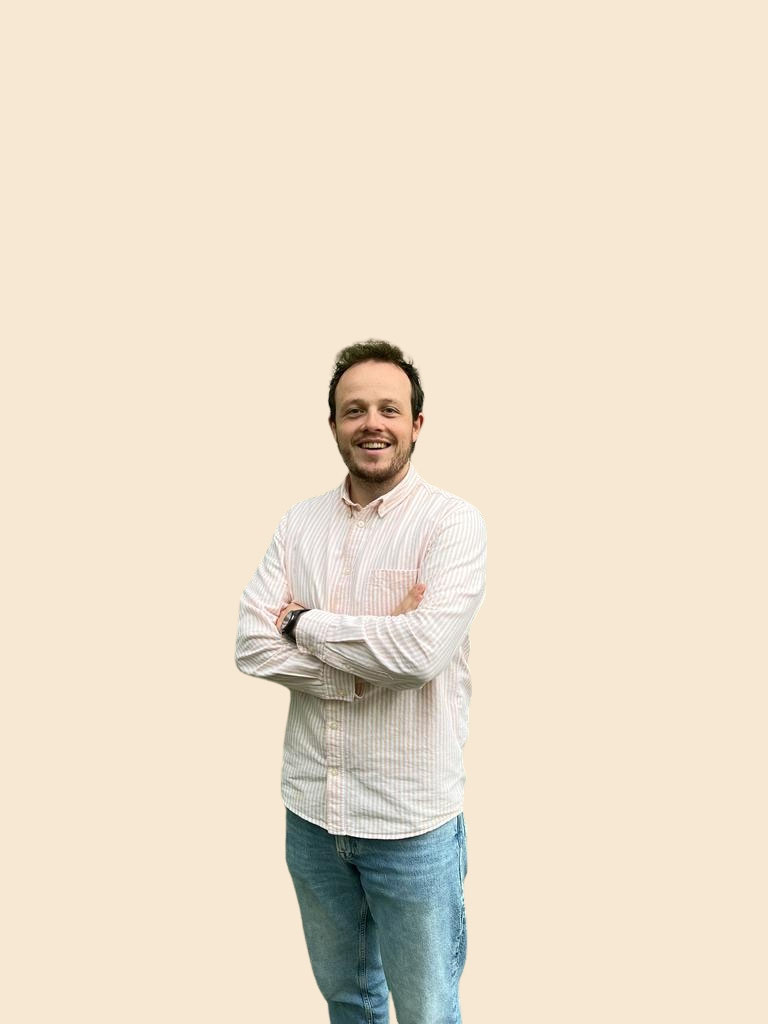
Michiel Mulders
Developer Experience in Technical Writing: 15 Practical Tips to Boost Developer Satisfaction
Great developer experience (DX) transforms your product from just another tool into one that developers genuinely love. But how exactly do you achieve a DX that not only meets expectations but consistently delights?
Drawing from my extensive hands-on experience as a Developer Evangelist, I'll share 15 proven, practical techniques to elevate your product's developer experience significantly. These strategies span beyond documentation to include interactive playgrounds, ready-to-use boilerplates tailored for various programming languages, streamlined CLI tooling for common tasks, optimized documentation search functionality, and intuitive visual navigation cues.
This isn't a theoretical overview; it's a session filled with actionable insights and real-world examples that attendees can apply directly. You'll discover:
- How interactive playgrounds dramatically accelerate developer onboarding and reduce the "time to first success."
- Techniques for creating boilerplates and templates that significantly reduce setup overhead and enable faster project initiation.
- Effective methods to improve documentation discoverability through advanced search optimizations, including synonyms and weighted indexing.
- Ways to leverage simple yet powerful CLI tools and automations to eliminate mundane tasks and improve workflow efficiency.
- Visual navigation strategies to ensure developers always know their next steps, removing uncertainty and friction from your documentation experience.
By the end of this talk, you'll have practical tools and clear insights to proactively enhance your product’s DX, helping to increase developer productivity, engagement, and satisfaction. Whether you're a developer advocate, technical writer, product manager, or developer, this session will equip you to transform your developer experience into a standout feature of your product.
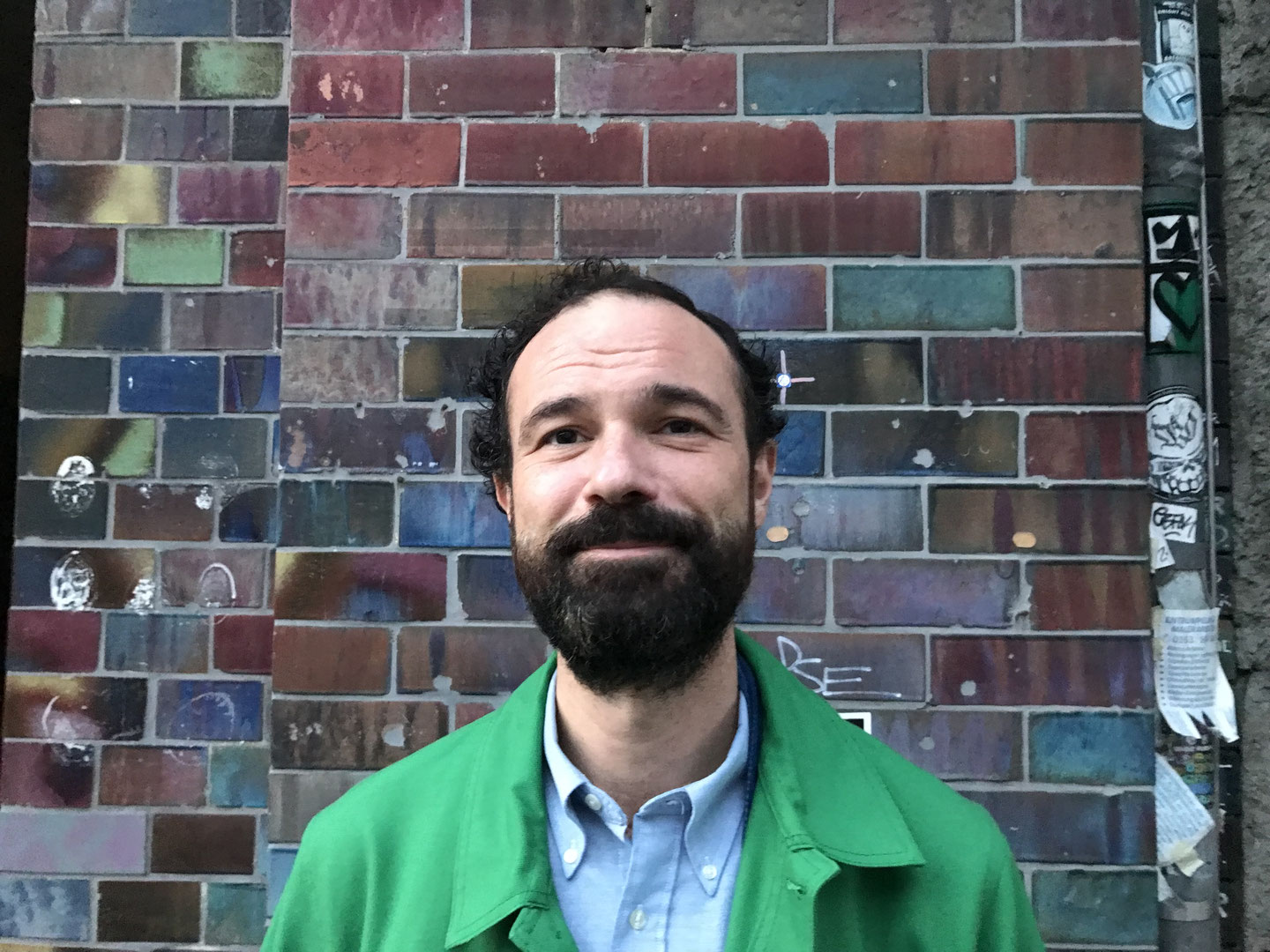
Stephan Delbos
Activating Product Knowledge: Where Global Education Meets Documentation
When my technical documentation team merged with global education, we weren’t sure what would come of it. We were focused on software documentation, and they were focused on training hotel staff to utilize that software. But what we discovered was a shared goal: activating product knowledge to help people work better, faster, and with more confidence.
We began to treat education as a content layer: not separate from product documentation but as a powerful complement to it. This shift opened up new ways to collaborate on onboarding, feature launches, and help content. We aligned our approaches to learning outcomes, audience segmentation, and feedback loops, using documentation as a foundation for scalable learning experiences.
In this talk, I’ll share how we broke down silos between documentation and education to create a content ecosystem that drives product adoption across a global user base.
Takeaways:
- How to align documentation and education to serve different learner needs
- How to map documentation to learning outcomes and product goals
- How to build shared workflows that scale knowledge across borders and teams
- Why documentation teams should see themselves as educators
By connecting documentation and education, we moved from “how it works” to “how to use it well,” turning knowledge into activation.
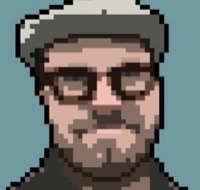
Ian Cowley
If you build it, they will come: Our journey to a unified (and discoverable) documentation platform
Following the acquisition of multiple companies and their different ranges of software platforms, our organisation ended up with a fragmented documentation landscape. It's a situation that might be familiar to many: our docs were spread across various systems, websites, departments, companies, and formats.
The main issue was one of discoverability. The documentation was scattered and unorganised, and our users struggled to find the information they needed, when they needed it. At times they were unaware if it even existed. In addition, each piece of documentation followed its own conventions, had different levels of detail, or was organised in a unique way, making it hard to navigate or understand as a whole. Some product documentation was covered only by FAQs, while other software platforms had more detailed user guides. In other cases, we were sending out PDFs generated from Word docs and API documentation was scattered across different websites and used different tooling. Compounding these issues, our documentation teams themselves were geographically dispersed, each operating with different practices.
This is the story of our journey to consolidating our public-facing documentation into a single website.

Tiffany Hrabusa
A beautiful reciprocal arrangement: Gaining experience and giving back through open source documentation
This talk charts one writer’s unconventional path from law librarian to technical writer through open source software (OSS). It illustrates how contributing to OSS can build your skills, professional network, and confidence—even if you start with no experience. Maybe you’re brand new to technical writing. Maybe you’ve written professionally but never documented software. Or maybe you’ve got years of experience in software documentation, but you’ve never written docs-as-code. You’ll get a practical, step-by-step guide to getting involved with and gaining experience from OSS projects.
Throughout the talk, Tiffany will share hard-earned insights, including how to pick the right project, overcome anxiety, find the right first issue, avoid contributor pitfalls, build a varied portfolio, expand your network, and gain real experience you can use on applications and in interviews. But just as important, this talk will encourage you to reach a place of OSS symbiosis—where you grow through giving back.
Whether you’re a new technical writer looking for experience or a seasoned pro exploring new skills, this talk will give you the tools and encouragement you need to confidently enter the OSS ecosystem.
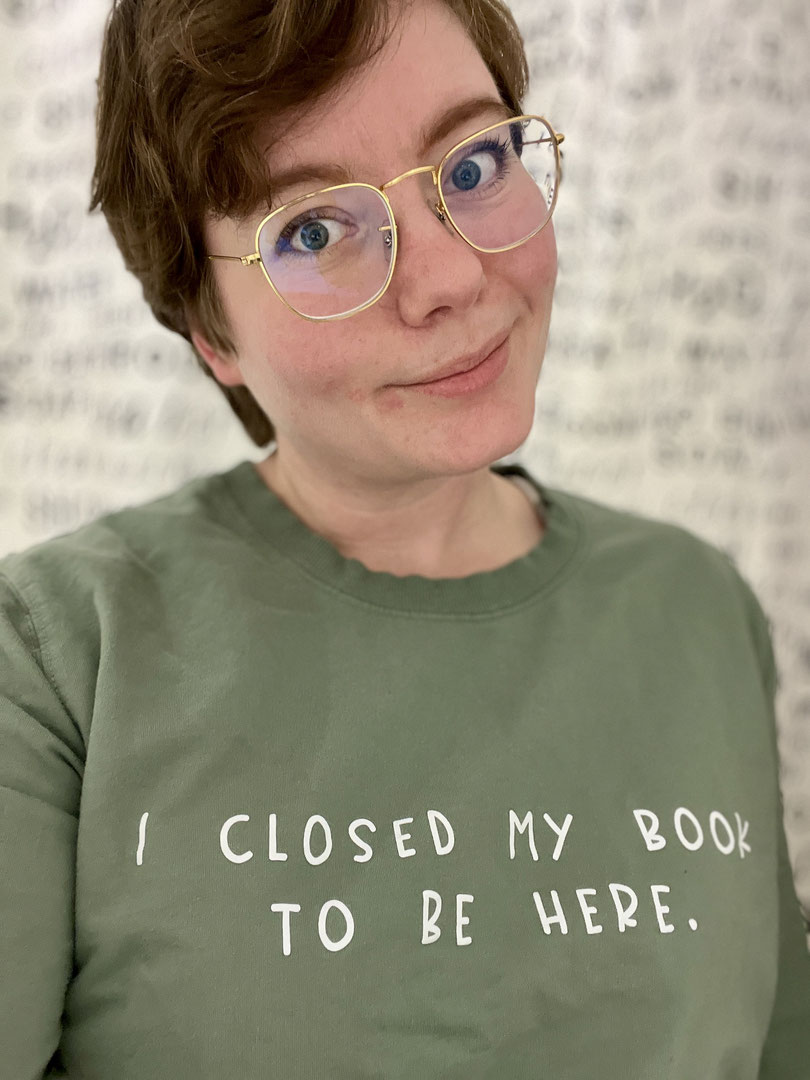
Kat Stoica Ostenfeld
So you've become a Docs Lead. Now what?
A lot of people are promoted into Leads roles without proper knowledge about what it means, how it will affect them, and how to proceed.
Here are things that I have learned along the way, that I think are relevant for all new-ish Leads to know; some of them especially for documentarians.
- Being a strong leader and a manager are two very different things.
- Be prepared to be bad at it; redefining what your job is, unlearning your internal performance metrics, and coming to terms with the meetings being the job.
- Your title walks into the room before you do.
- Changing mindset from a tech writer to a docs lead: unlearning how to under-commit and over-deliver.
- The human reaction to this new type of role: Be prepared for a mental and emotional debit; tips for handling them.
- Find a framework and lean on it.
- How to Corporate 101.
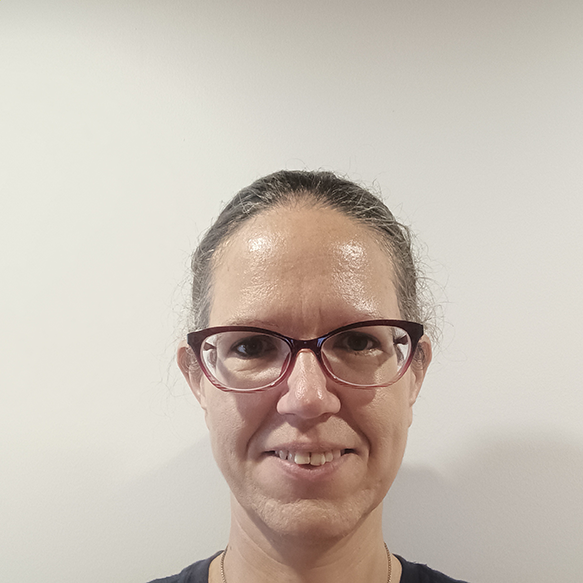
Ruth Fuchss
The right tool for the job
There is a plethora of tools and frameworks for creating technical documentation, spanning from WYSIWYG content management systems to Git-based docs-as-code approaches - or even Word files on a shared disk. All of these methods can be the right solution for a specific scenario. (Or wait ... maybe not the Word files. And doesn't everyone use Markdown nowadays anyway?)
Imagine yourself in a position where you can start (or start over) with your documentation from scratch. Which tool should you choose, and how can you know it is the "right" tool for you?
This talk will not give any answers. It will, however, give you a LOT of questions!
- Which aspects do you need to consider when choosing a documentation framework?
- What is crucial for your documentation?
- What documentation tools will work for your company?
Answering these questions for your particular scenario will give you a good idea of what you need from your documentation framework, and consequently let you choose the right tool for YOUR job. And ideally, you will also have a good set of arguments to convince your boss!
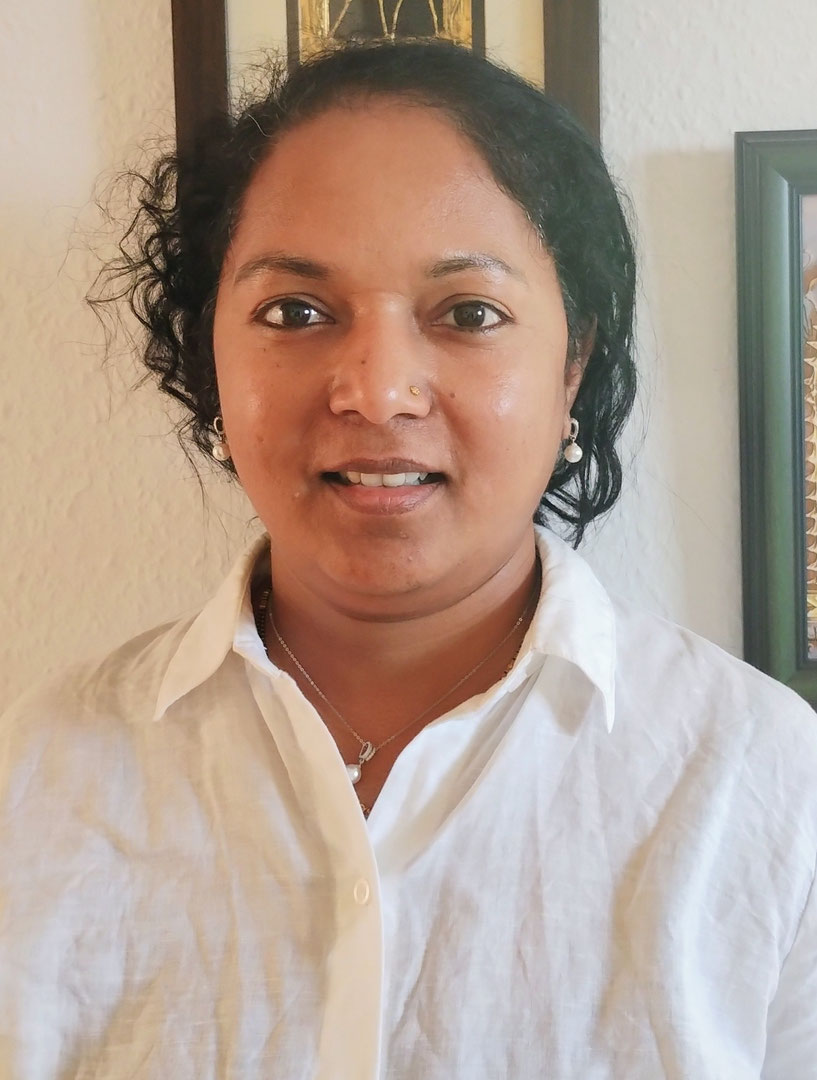
Dimple Poojary
Automating Documentation Maintenance Workflow Process for Agile Teams
As a senior technical writer, I've long grappled with the persistent challenge of keeping documentation current and accurate. The manual process of tracking which documents needed updates, assigning them to team members and reminding them to update documentation for their respective product categories often felt like an uphill battle, consuming valuable time and resources.
In the fast-paced world of agile development, documentation can quickly become outdated without active management. This issue is widespread; studies show that inconsistent documentation is a significant roadblock to collaboration and a major challenge in agile development without active management.
I realized there had to be a better way to seamlessly integrate documentation maintenance into our daily agile workflow and foster a sense of shared and continued ownership.
In this session, learn how I tackled this problem head-on by designing and implementing a robust automated workflow linked directly to our sprint board by leveraging our existing tools; this transformed how our team approached documentation maintenance. What was once a burdensome manual process is now a streamlined, automated part of every sprint cycle.
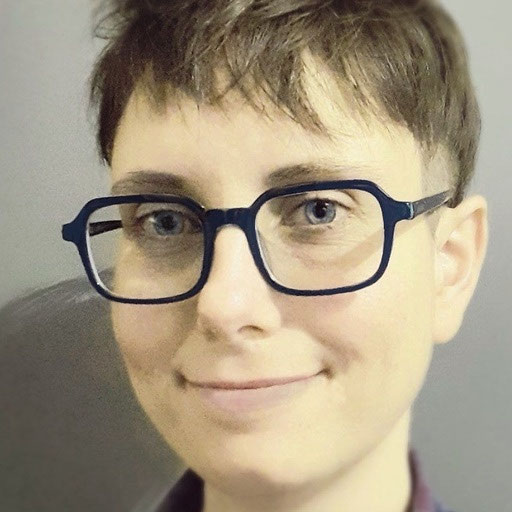
Val Grimm
Portable docs for data sovereignty
A portable documentation publishing approach is particularly relevant right now because many organizations in Europe are interested in regaining their digital sovereignty by transitioning away from technology solutions developed and delivered outside of the EU. Our approach to portability does not fundamentally rely on closed proprietary technologies or cloud platforms, although we used our preferred tools to implement our solution.
We had a documentation publishing problem that a simple static site could not solve. The platform we were creating for our customer consisted of multiple independent components and was required to operate on a variety of cloud solutions, as well as on-premises in air-gapped facilities. We also didn't want activities related to documentation to muddy the commit histories of our component repositories.
Our team solved these issues by approaching our documentation in the same way as we did the rest of our platform: we delivered it as an independent containerized component that we could deploy to all of our platforms in the same way as any other application.
This talk is not a tutorial. It explains key concepts and provides an illustration of how we applied a containerization approach to meet our needs.
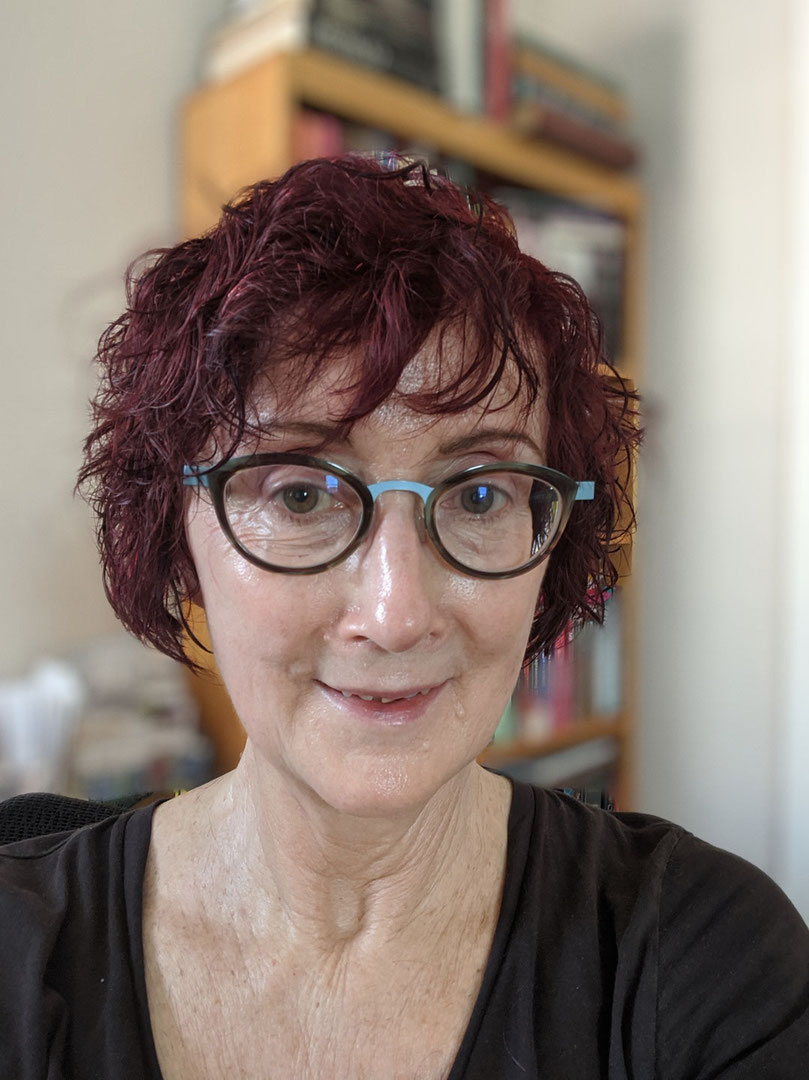
Jennifer Rondeau
What's past is prologue: Write the Docs, communities, and organizing techcomm
I'd like to revisit my WTD Prague 2015 talk that was (sorta) about the history of techcomm in the United States, to talk more about international communities and organizations, the changing-but-maybe-not-so-different contexts within which technical writers work, and how Write the Docs in particular has developed over time.
The 2015 talk ultimately focused on individuals, their stories and a little of the institutional background against which their stories developed. This year I want to talk about communities:
- how the Write the Docs communities (plural!) have emerged and changed over the past ten years
- how other communities have shifted (techwr-l, ) or disbanded (Society for Technical Communication), or expanded (tekom)
There's a lot of overlap in interest and membership across all these examples (and others I've missed), but they are or have been organized differently and for different purposes. Techwr-l was modelled on old usenet groups (I'd say more about what this means), while the much older STC and the much newer tekom both follow the professional association model, which itself is considerably older still.
Write the Docs began and continues less formally, but has come to serve many of the same needs for its members. What are the differences and similarities, and how might considering change over time in all these communities help us to imagine where we might go next?

Fabrizio Ferri-Benedetti
Failing Well: A Practical Guide to Growth for Technical Writers
Some days, you feel stuck. The work feels repetitive, the promotions don't come, and you start to wonder if you're really growing at all. I know that feeling well. This talk is about my journey through those plateaus. We'll look at failure not as a dead end, but as a signal to look deeper. This is a field guide for moving through those challenges and taking ownership of our professional lives.
I've written a lot about failure and growth because, like many of you, I've lived through both. This talk is a synthesis of my most personal thoughts on the subject, combining the reflections from "Failing (and surviving failure)" with the framework from "How to grow as a technical writer." My goal is to offer a humane, honest look at how we can direct our careers with intention.
This isn't another talk about climbing the career ladder. It's a confession, a reflection, and a collection of strategies for finding purpose in our work. My hope is that people will leave feeling less alone in their struggles and with a new perspective to help them direct their own professional journey, especially on the days when that journey feels uphill.
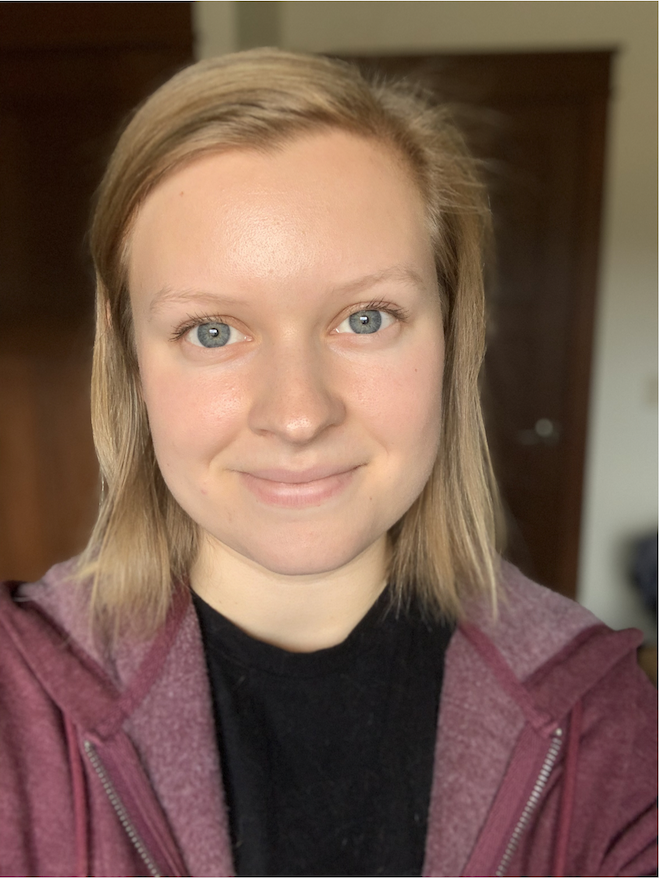
Diana Breza
Rethinking your how-tos: From instructions to solving user problems
“When I run the code example in the docs, it doesn’t work.”
“I ran the steps in the doc, but I’m still getting an error.”
Sound familiar? If so, you might need to rethink your how-tos. That’s okay, we did too. And we’re going to show you how we fixed them.
At Kong, our team of six writers and one docs tooling engineer supports 12 products, and we know how quickly how-to docs can get out-of-date. Over the course of a year, we completely rebuilt our approach to documentation, including how-tos. We focused on how users actually interact with docs, copy/pasting down the page, and rewrote our content to match that behavior. Now, instead of broken, frustrating guides, our how-tos reflect real-world tasks—and we’ll show you how to do the same in just 30 minutes.
After listening to this talk, you will have:
- A strategy to evaluate your existing how-to documentation
- Our exact formula for crafting how-tos using the “every page is page one” methodology
- … and how-tos that won’t break on your users ever again!
It doesn’t matter if your how-tos cover APIs, UI, or something in between, these strategies are tool-agnostic and user-first.

Powen Shiah
Documenting Digital Infrastructure: Explaining Complex Open Source Technologies for Everyone
When your audience includes both government officials and kernel developers, how do you write in a way that works for everyone? At the Sovereign Tech Agency, we invest in critical open source infrastructure like coreutils, FFmpeg, and systemd—technologies that power everything from scientific research to banking systems. Coming from a marketing background in tech startups, I never expected to find myself explaining time synchronization protocols or memory-safe system utilities to policy analysts or legislative aides.
Over the past two years, I've had to rapidly develop a writing style that serves a dual purpose: transparency about public investments and advocacy for digital infrastructure that most people don't even know exists. This isn't traditional technical documentation—it's public accountability and infrastructure advocacy. Working with maintainers of dozens of open source projects, I've learned to navigate the delicate balance between preserving technical accuracy and making content comprehensible to policymakers, journalists, and concerned citizens who need to understand what their tax money is funding.
This process involves coordinating with distributed open source communities, reviewing internal technical assessments, and crafting narratives that explain why we chose to invest in a “memory-safe replacement for GNU coreutils” and what that investment will accomplish—without losing the technical nuance that developers and security experts need to evaluate our work. But our mission goes beyond funding: we're advocates for making digital infrastructure visible and valued.
Writing about technologies like PTP and NTP, I found myself documenting what felt like magic—explaining how we measure and coordinate time across billions of devices, while including the human stories behind these systems, like the blind NTP maintainer who did this crucial work until his death in 2024.

Maximilian Rosin
“Gyarados has pretty teeth, dear”: Theatre, Pokémon, and software docs
One question has been haunting me for years: why do computers persistently mislead even highly competent people about their characteristics and capabilities? web3, digital twins, autonomous robots, LLMs, metaverse, augmented reality—all are mired in interpretations, expectations, and applications almost completely divorced from their material reality.
One possible answer lies in an idea from early 90s HCI research: computers as theatre. Since a computer is essentially a black box, every interaction is bound to happen in a representational, metaphorical realm—just like a theatrical performance. In theatre, both audience and actors suspend their disbelief for the duration of the performance, and immerse themselves in the illusions created on stage in order to change something about their relationship to the world. Similarly, computer users engage with the imaginary worlds of computers to achieve real-world effects. They “move a file in the trash” by “pressing a button”, while actually doing neither, and yet it has real consequences. Problems ensue when the illusion persists even though the performance has ended, or the program has been shut down.
This poses an interesting challenge to technical communicators. How do you write truthfully about products that are pure representation? Should you embrace the illusion, and to what extend? How do you maintain the link to reality? How do you prevent your metaphors and narratives from escaping confinement? How do you shut down the performance?
In this talk, I want to tackle this challenge by answering three questions:
- What does it mean for software documentation, when we see computers as theatre?
- How does this perspective turn video games like “Pokémon” into great case studies for understanding software documentation?
- Why should you read and watch Brecht to learn about truthful technical communication?



